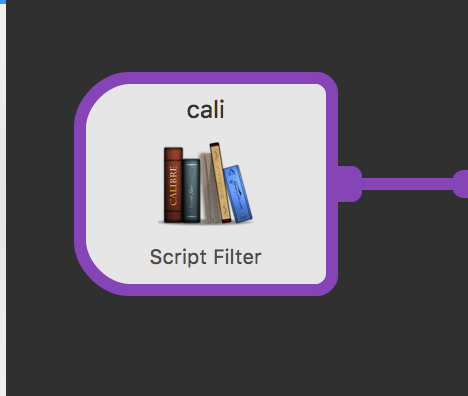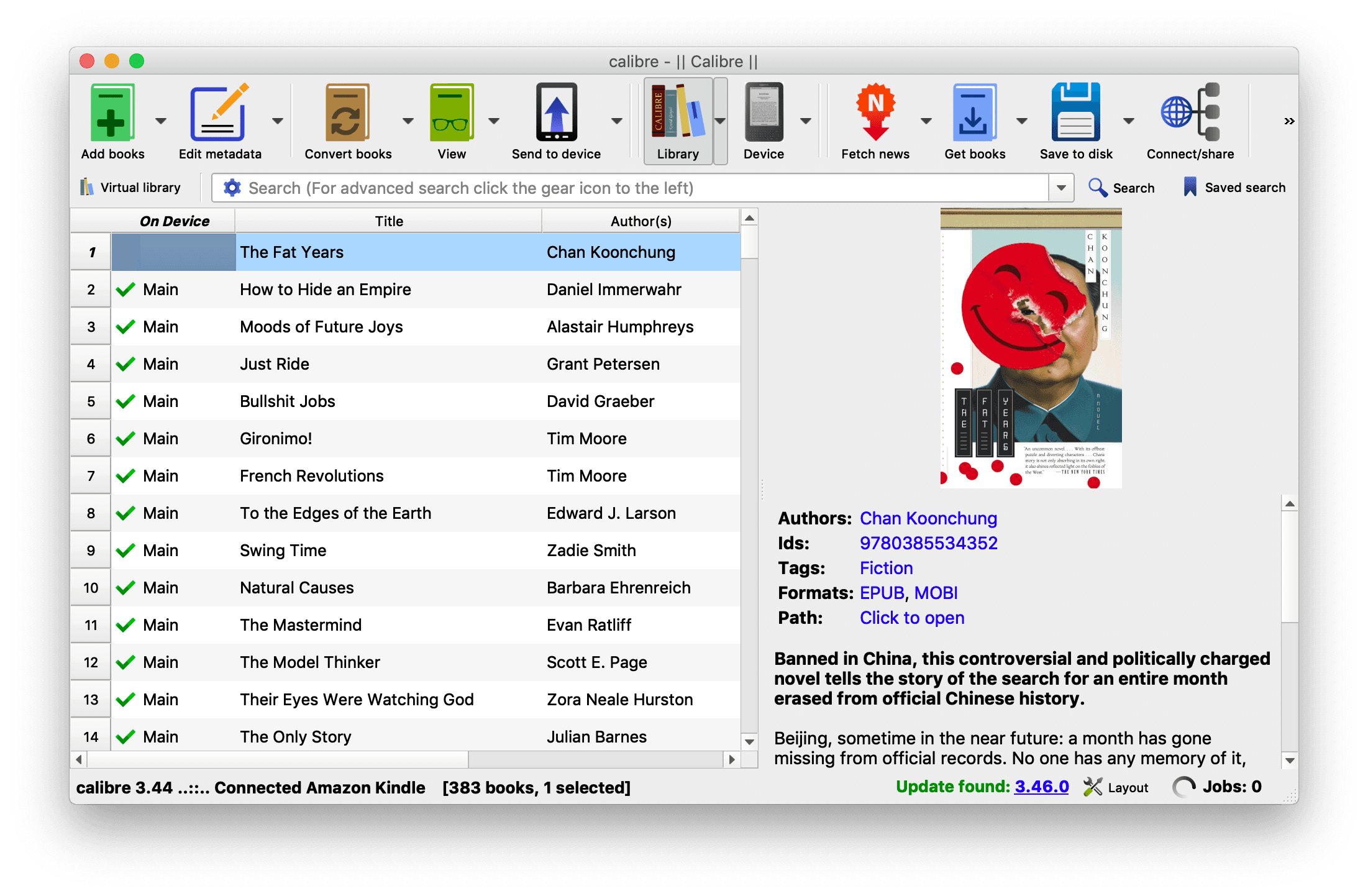

Many eBook files have appropriate tags when you receive them and you can add your own based on your own needs.) (A tag can be thought of as a keyword associated with a book. Here you’ll see the results when I searched my library for ‘dystopian’ which is among the tags attached to each of these books. Once a book is imported into Calibre you can search on any of the metadata in the listing. This screen also includes buttons to download a cover (if one wasn’t included in your eBook file and a copy of the book can be found on one of several sites) as well as downloading other metadata available from these same places. In addition, highlighting a book in the listing and clicking the ‘Edit Metadata’ button will give you access to additional metadata. Double clicking on any of these will allow you to add or change the values.

Metadata is “data about data.” In this instance the most important things to verify are the title and author name, which will show along with a few other pieces of metadata in the library listing after the book has been imported.

Once a book is imported, verify the metadata is correct and make any corrections or additions desired. (I typically remove the original file from my hard drive as Calibre creates its own copy in the folders it controls.) Save the eBook file to your computer’s disk (either downloading from a vendor site such as Smashwords or Project Gutenberg or copying via USB from your eReader), click on the ‘Add Book’ button, then browse and select the file you’ve downloaded. Importing an eBook that is in any of the several supported formats is easy. (If you don’t have room, adding an external disk drive takes care of that while memory expansion on most eReaders isn’t possible.) While your Kindle or other eReader has a limited amount of space, chances are your computer disk has more than enough room for any size eBook library. If you acquire eBooks from many different sources, Calibre is a way to keep these organized and in one place. Obviously before you can do any of this you’ll need to download and install the proper version of Calibre for your computer. Instead I’ll make some suggestions and point you in the right direction. In this series of posts I’m going to discuss some of those other uses with a focus on how the program might be used by a reader. That barely scratched the surface of the program’s capabilities. A few months ago I did a post about using the free program Calibre to create a Kindle compatible eBook file.


 0 kommentar(er)
0 kommentar(er)
